Diagoon Housing
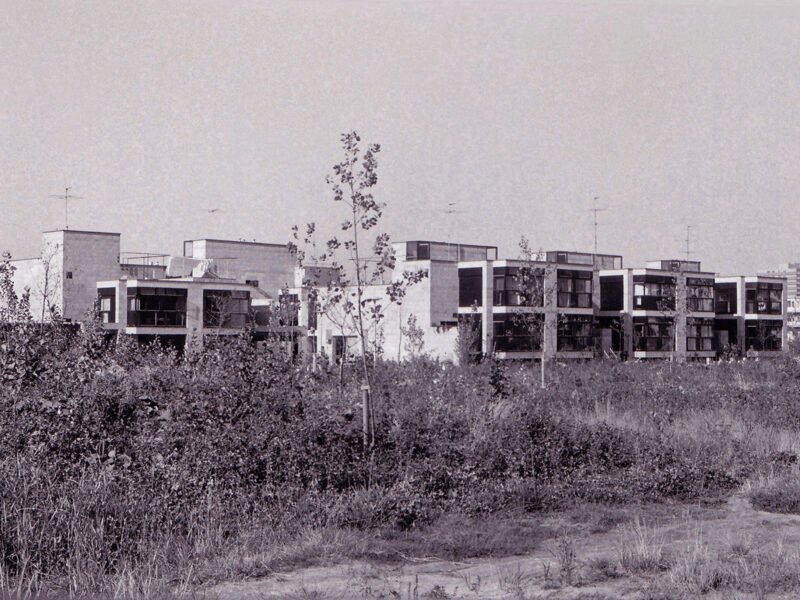
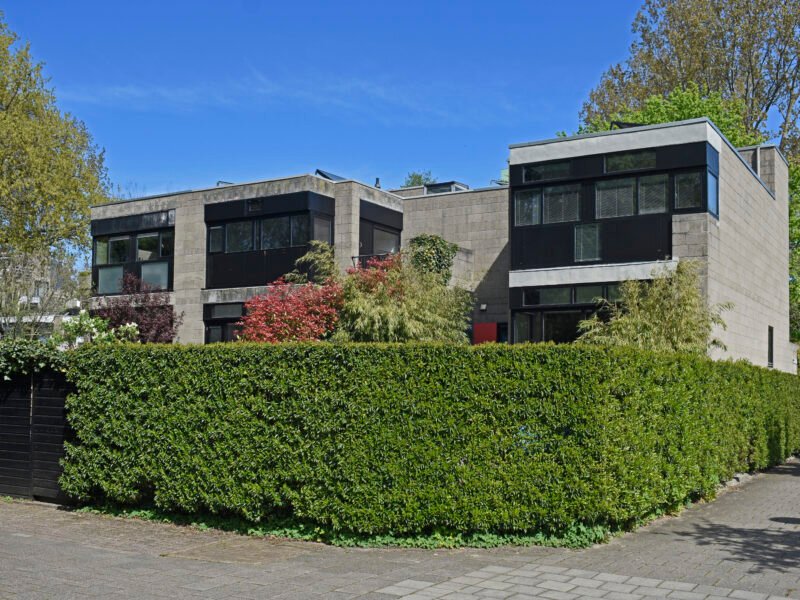
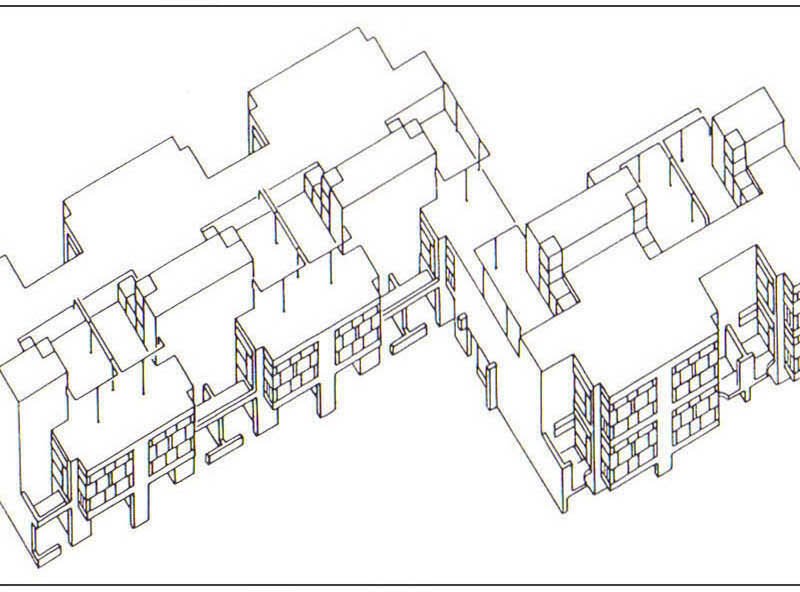

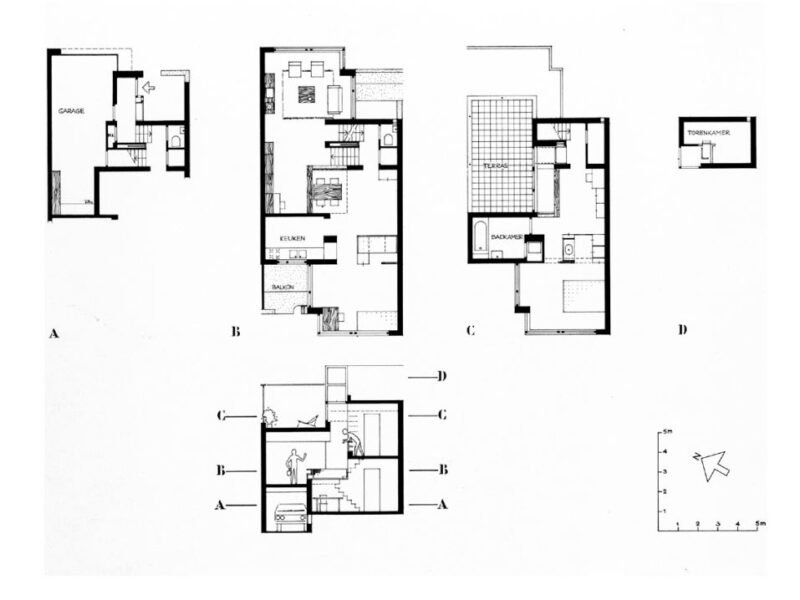
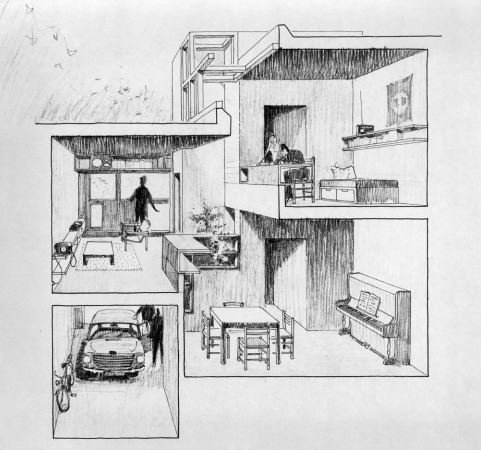
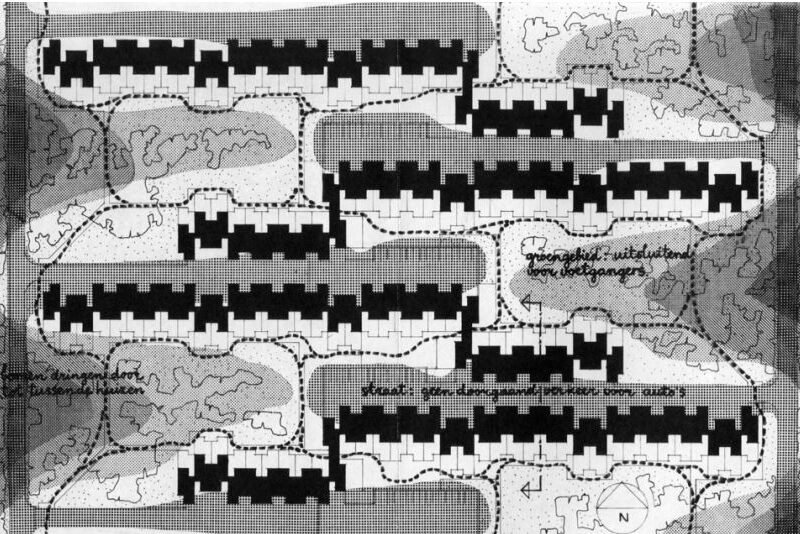
Diagoon Housing – Herman Hertzberger (1971)
Location: Delft, Netherlands
Architect: Herman Hertzberger
Year of completion: 1971
Project type: Experimental residential housing
—
Overview
The Diagoon Housing project is one of the most iconic examples of participatory and flexible housing in post-war architecture. Designed by Herman Hertzberger, a leading figure of Structuralism, this housing complex explores the idea that architecture should empower users to shape their own living environments.
The project consists of seven prototype houses designed as part of an experimental housing exhibition in Delft. These homes were not intended as finished products, but rather as frameworks for living, allowing residents to adapt and modify them according to their needs over time.
—
Architectural Concept
« Half a House »:
Hertzberger deliberately designed the units as unfinished or “half-complete,” encouraging user participation in the completion and evolution of the house. The architecture provides a strong structural and spatial foundation, but the details and final configuration are left open to inhabitant choice.
Split-Level Design:
Each unit is composed of a series of interconnected split-level platforms, arranged diagonally, creating a vertical and horizontal continuity. This diagonal spatial layout (hence the name « Diagoon ») offers diverse spatial relationships and visual connections between different parts of the house.
Flexibility and Adaptability:
The internal space is non-hierarchical and fluid. There are no strict definitions for living room, bedroom, or office — residents determine how to use the space. The design supports change over time, such as accommodating new family members or changing functions.
Structural Expression:
The concrete frame and wooden infill panels are expressed visibly, emphasizing construction and structure. This reflects Hertzberger’s belief in clarity, honesty, and user empowerment in architecture.
—
Social and Philosophical Ideas
User Empowerment:
Diagoon Housing embodies the Structuralist idea that the architect is not the sole author of the space, but rather provides a framework for life that is completed by the inhabitants.
Anti-Monumentality:
The project rejects the idea of architecture as a fixed, sculptural object. Instead, it promotes a process-oriented and democratic approach to design.
Domesticity and Identity:
The openness of the plan allows families to personalize their environment, enhancing the sense of identity and ownership.
—
Legacy and Influence
Diagoon Housing remains a milestone in participatory housing design and a powerful critique of standardized residential planning. It is frequently studied in schools of architecture as a model for human-centered, adaptable design.
The project still exists today, and one of the houses has been preserved in its original experimental form, serving as a museum and reference point for those interested in progressive residential architecture.